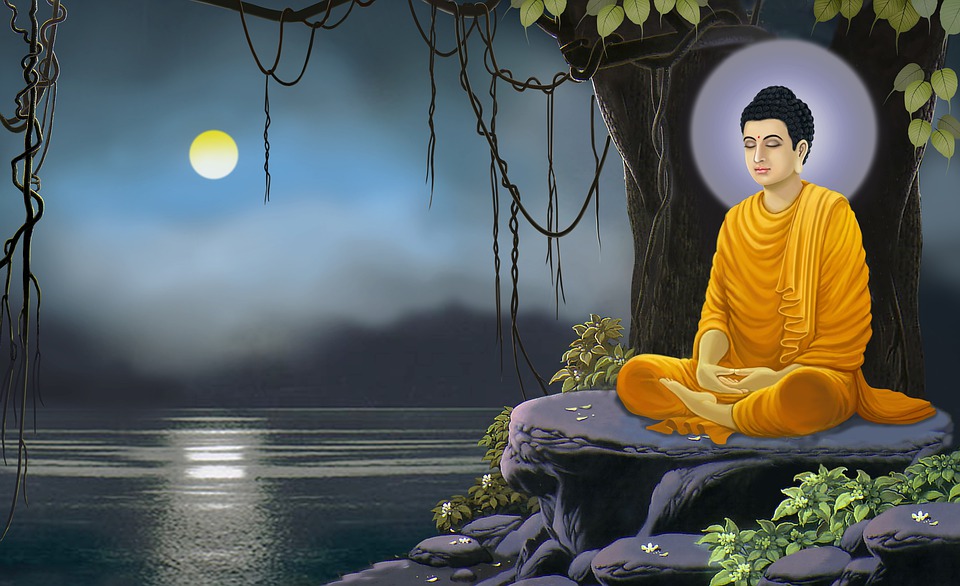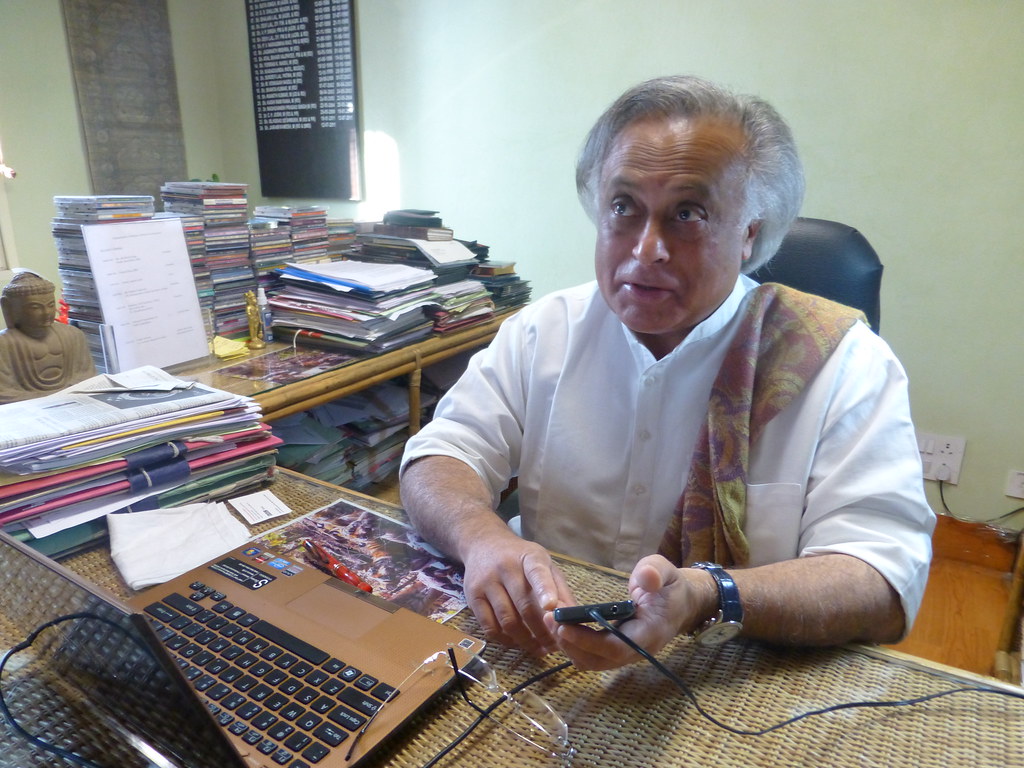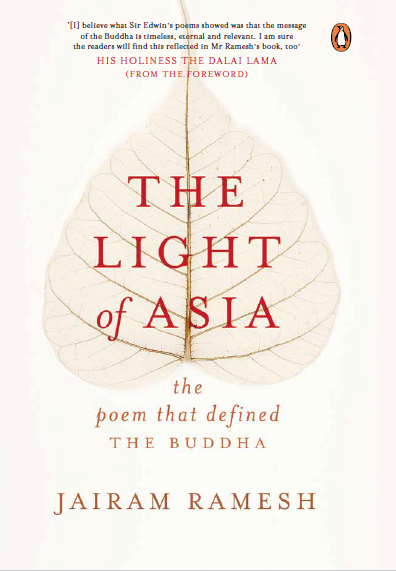The Light of Asia: The Poem that Defined the Buddha by Jairam Ramesh
In our myths, we seldom see a person going through a defined period of apotheosis, one where they become God. For me, that point of curiosity arose while reading about the Buddha. I learnt that before attaining that immortal name, the Buddha was born as a Prince in Kapilavastu. At birth, he was named Siddhartha Gautam. Acting upon my obsession with names, I asked my professor what those names meant. Her response: “Siddhartha, the one who has attained his goal. Gautam, the eradicator of darkness, the source of light.” And what would that make the Buddha? “The enlightened,” she replied.
What a beautiful synergy of destiny and purpose!

In his new book titled The Light of Asia: The Poem that Defined the Buddha, eminent author and thinker Jairam Ramesh dwells on the epic poem that aptly encapsulates Siddhartha’s journey of attaining enlightenment. Beginning from the late 19th century, Mr Ramesh charts the captivating history of an expansive literary landscape. This historiography spans across the world while keeping India at its heart. At the central confluence of illustrious litterateurs, charismatic world leaders and events that changed the direction of world history is a poem. It ignited young minds, taught them the virtues of the Buddha’s life and immortalised His story in the literary canon. Featured as the pulse of Jairam Ramesh’s new book, this peerless epic is The Light of Asia (1879) by Sir Edwin Arnold (1832-1904).
Mr Ramesh takes a compelling decision in placing a religious epic in English at the centre of his historical inquiry. In doing so, he strings together a larger-than-life biography of a literary work that touched more lives than one can imagine. According to the extensive research that Mr Ramesh employs, The Light of Asia proves to be a remarkably consequential poem for India’s history. When it was first published, it caught the attention of a monk who was immensely moved by the sheer scope of lessons that the poem offered from the Buddha’s life. We know him now as the iconic religious philosopher Swami Vivekananda. Some years later, in London, a pair of theosophist brothers hosted a young Indian student for dinner. They were touched by Arnold’s translation of the Gita, The Song Celestial, and wanted to learn more about Hinduism from their Indian friend. That night, Mohandas Karamchand Gandhi was introduced to the works of Sir Edwin Arnold, among which was The Light of Asia. A few more years passed, and the poem found its way to a bright and curious mind in Allahabad. Reading the verses, young Jawaharlal Nehru learnt the lessons that would shape him into becoming the first Prime Minister of independent India. Around the same time, it inspired a charismatic scholar of law to fight against the inequities that marred the Indian social fabric. Landing on the bookshelf of Dr Bhimrao Ambedkar, The Light of Asia made its mark on the stalwart who would serve as the chief architect of the Constitution of India. Mr Ramesh’s intricately crafted anecdotes offer a deep dive into the moments which defined some of our most prominent leaders’ course of life. The human sensitivity in his recollections makes history come alive on the page.

The book does not stop at mere historiography in its scope of charting the poem’s life. A part of it deals with its vastness of influence on Indian politics and social change. In contrast, another part deals with the depth it acquired in the multitudinous landscapes across Indian culture. The Light of Asia found its home in a myriad of languages. For instance, Acharya Ramchandra Shukla translated it in Hindi as Buddhacharit (1922), Gurbakhsh Singh translated it in Punjabi as Asia da Chanan (1938). Gujarati readers would be delighted to know that in 1934, The Light of Asia was translated in Gujarati, too! The version, also titled Buddhacharit, was translated by Narsinrao Divetia, also known for translating Cardinal Newman’s Lead, Kindly Light in Gujarati as Premal jyoti taaro daakhvi muj jeevan panth ujaal.

The true mark of brilliance for The Light of Asia comes from the fluidity it has acquired in form. In a way, Mr Ramesh highlights that the poem transcends form. The core of the literary work is so pure that it can effectively break barriers of art forms and give a Midas touch to all its adaptations. Mr Ramesh quotes a series of examples, ranging from Rukmini Devi’s choreographed version of the poem to the most recent instance of Poonam Girdhani adopting it as part of her project to revive the medieval Persian art form of storytelling called dastangoi. Girdhani’s adaptation premiered in New Delhi in June 2019. Its title aptly encapsulates the poem’s enormous canvas: Dastan-e-Irfaan-e-Buddh. The Story of the Life and Times of Gautam Buddha.

The Light of Asia holds tremendous power in each verse. It shapes and evolves our perception of the Buddha and its teachings. Jairam Ramesh’s exceptional rendition of social, political, cultural and literary history stands witness to the fact that it has held the spiritual energy to transform lives across generations. Transcending across space and time, it will continue to do so. Just like Siddhartha’s journey to find the divinity lying within, the poem lights a spark in our soul, rekindling it to help us find the Buddha within.
(By Nivid Desai)




